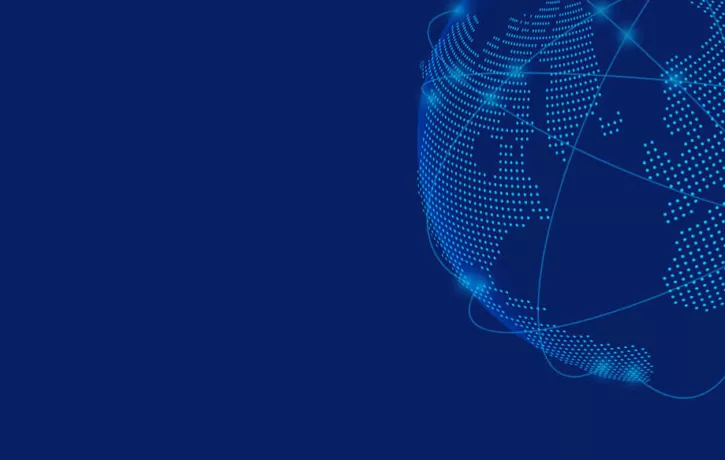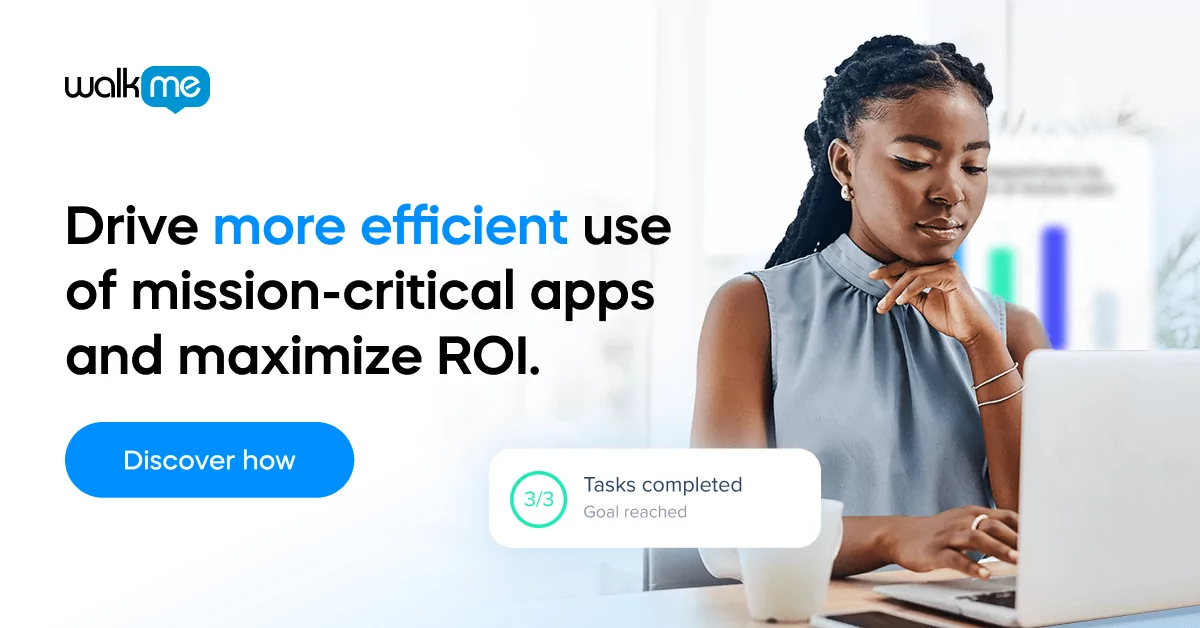In the midst of a major overhaul of everything we consider “normal,” the promise of 5G, the ultimate network solution, is slowly spreading around the world. The roll-out has been less climactic than originally anticipated, and the resulting disruption less transformative, but nonetheless, it is playing an already crucial role in the evolution of digital adoption and life overall.
So what exactly is 5G and how is it impacting the world today?
What is 5G?
5G is the fifth generation of mobile networks. We began with 1G and have now arrived at 5. Each generation has provided a more developed system of mobile communication and technological ability. 1G gave us the analog voice and 2G upgraded to the digital voice. 3G delivered us mobile data, and 4G introduced us to mobile broadband.

This latest generation, like its predecessors, boasts a vast range of new capabilities. According to Qualcomm, “5G wireless technology is meant to deliver higher multi-Gbps peak data speeds, ultra low latency, more reliability, massive network capacity, increased availability, and a more uniform user experience to more users.”
Forget a smart phone. Imagine a smart world.
If you had to sum up why 5G is “a big deal” it’s because its many features will allow an overall connection to multiple users and devices on a scale that we’ve never experienced before and that can support new technologies and processes. Smart cars, smart houses and office buildings, smart stores, can all “live” simultaneously on the 5G network. In short, 5G is the first step to a completely digitally connected world. A smart world. In which everyone and everything is in seamless communication.
How is it deployed and how can users access it?
While the low-band networks are only about 20% faster than 4G, the high-band networks can be up to 20 times faster than 4G. High-band network for 5G requires the installation of cell sites (hardware the size of a pizza box) that you can see on light poles and towers. The cell sites need to spaced relatively close to one another, and so the roll-out requires a high level of planning, labor, and physical installation.

As an individual user, only technology that is designed to be 5G-enabled can connect you to the 5G network. So cell phone companies are all planning their 5G device rollouts in 2020. Apple’s most expensive phone yet, the iPhone 12 will likely have several different 5G connection options, the faster the connection, the more expensive the phone. Like everything new and shiny, 5G will come at a high price at first, and then become more affordable as the world adopts it.
Who is adopting 5G first?
There is a quiet but intense race for countries and cities to get 5G ready and begin to adopt.
Currently, the United States, South Korea, and China, are the countries leading installation and deployment of 5G technology. As early as 2016, the US began preparations for 5G and it was deployed starting in 2020.
“As of Jan. 2020, 5G had been deployed in 50 cities in the United States. Sprint has rolled out mobile 5G in Atlanta, Chicago, Dallas-Fort Worth, Houston, Kansas City, Phoenix, Los Angeles, New York City, and Washington, D.C. AT&T has made its mobile 5G+ network live for consumers in parts of 35 cities and 190 markets.” – Investopedia
Korean officials predict that by 2026, 90% of their mobile users will be on a 5G network. They already have 85 cities and three different carriers 5G-enabled. China boasts 5G in 57 cities and is determined to have 460 million 5G connections by 2025. European countries are behind in this development. Although Sweden and Estonia both are aiming to rollout 5G in 2020, it’s unclear if they will succeed.
How will 5G affect the workplace?
Think about how much simple hardware upgrades, like a wireless mouse or a larger monitor, positively impacts your work experience. Then think about what a different it makes to have the best software, to navigate through all of your tasks easily, seamlessly, with no repetition, and no need for opening a support ticket.
5G will be a major game-changer for a better employee experience.
A report published by Futurum Research, titled, Digital Adoption Leads to Digital Leadership, gives an excellent analysis of how 5G will impact the workplace. From smoother business communication to conversational AI to the endless possibilities of The Internet of Things, the 5G network in the workforce will catapult companies that can harness its power, leagues ahead of their competitors.

Technologies that have simply been too vast to be sustained, like augmented reality (AR) as an integrated part of work software, to retail game-changers, like warehouses that stock, manage, and ship products themselves, the business world is on the verge a disruption that will further widen the growing gap between the digital adoption leaders, and the laggers.
We predict, that like with most new technologies, the brave and bold leaders who are acclimated for digital agility and make decisions from a digital adoption mindset, are already assessing how to incorporate 5G into their strategy for 2020. If COVID taught us anything, it’s that preparedness for the next wave of change, is never a waste of an investment.


